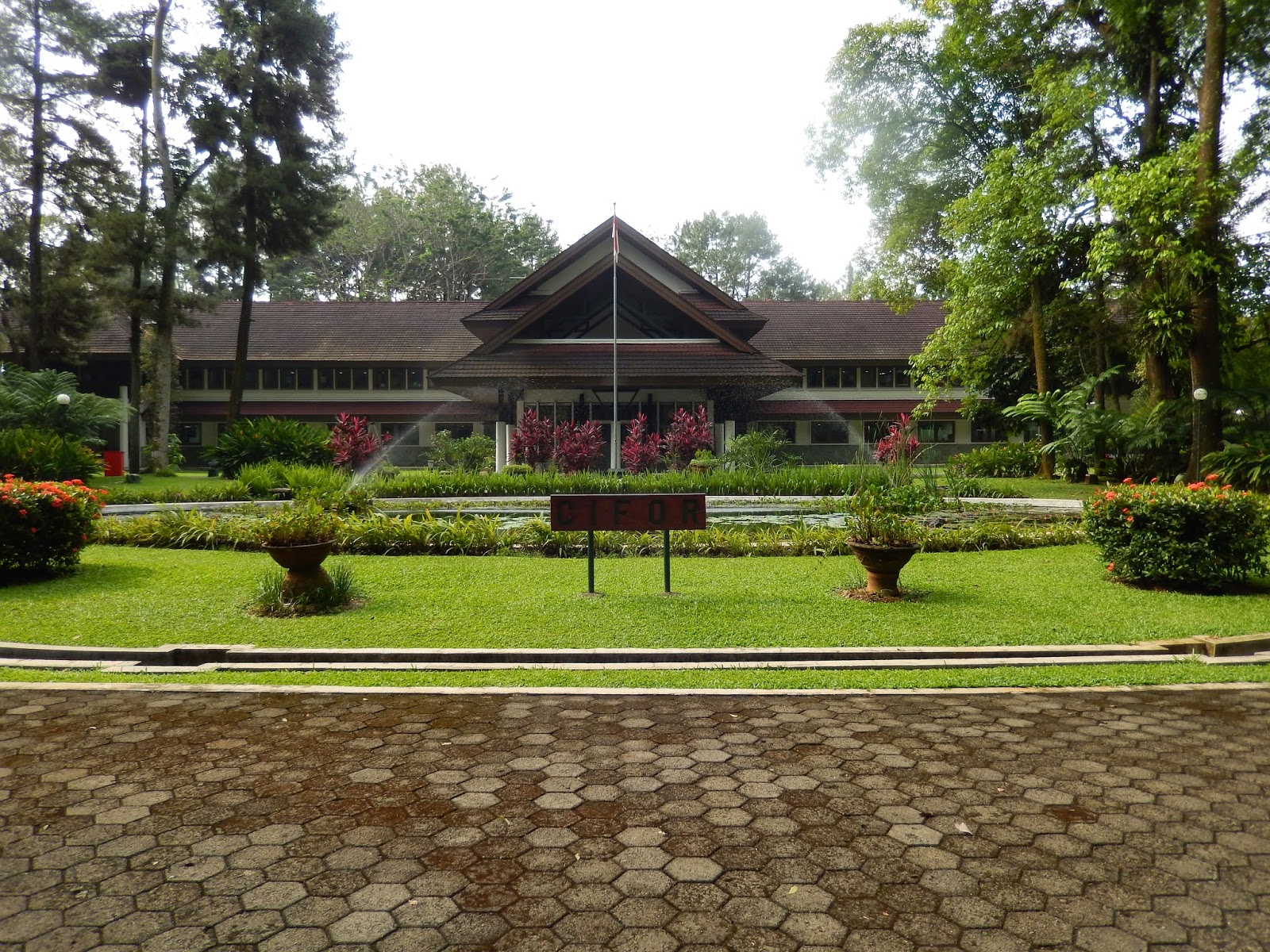The United Nations Framework Convention on Climate Change started negotiations to address the issue of climate change in 1990, a year before I was born (5 years before the photo below was taken). It has been over 20 years since people from all over the world identified that this was an issue that needed to be discussed worldwide in order to ensure something was going to be done to alleviate the effects that human induced climate change has on our planet and people. We have made very little progress, but recently I have been given a lot of hope, and I think we have the opportunity to change the course of history.
I grew up in Northern Arizona in Flagstaff. This small city is a two hour drive from the Grand Canyon, is nestled in the largest continueous ponderosa pine forest in the world, is the first international dark sky city and the place Pluto was discovered (we still consider it a planet, dwarf or not), and is a place where the human environment and natural environment never seemed very separate. Growing up here you get to appreciate all four seasons; have opportunities to hike, river raft, rock climb, see deer in your backyard; get to see the stars at night; and get to look forward to monsoons every summer and snow every winter. You quickly appreciate the forest, the mountains, and the fresh air. Especially if you have to leave it for extended periods every once in a while.
Recently there have been significant changes in the environment that I once lived in. I moved to southern Arizona, and people here notice changes too, but in a different context. Flagstaff no longer experiences as many powerful snowstorms that provide water to the region, and protect the forest from intense fires. Drought hangs over the forest hauntingly. The bark beetles take this opportunity to feed and breed within the trees, which leaves the dead trees ready to be consumed by wildfire. The summer monsoons, which provide relief for the forest are not as reliable as they once were. All these factors leave the ecosystem susceptible to extreme fire, which means humans and their structures are also vulnerable in these regions.
I do not think people know how much of a problem global warming is until they have to face it directly. You start to figure out how big of a problem it is when you are on standby to evacuate your house due to a wildfire, and you have to decide what is most important to pack because you could lose everything else. You also start to realize how big of a problem it is when you need to sandbag your house because the forest that once protected your house from flooding has now been wiped out by a wildfire. So even though your house stands it is still damaged because the forest has been destroyed. These are the kind of things my community faces because of the change of weather as a result of global warming in addition to historical mismanagement of the forest, which is another topic entirely.
In this situation I am only concerned about losing my house, but in other places around the world people are facing much more dire consequences of global warming. I go to the UN conferences on climate change and I hear the stories of people that have lost family members from extreme weather events, have lost crops because of drought or excessive winds or rain, or are fearing they will lose their island country from rising sea levels. Most of the people that face these problems are not rich enough to just move or buy other food. For most of them they either lose their home, starve, are more easily subjected to diseases that they cannot afford to cure, and in some cases they die. Global warming is not an environmental issue, this is a human issue.
We have the opportunity to make a difference and to help prevent these occurrences globally. We have the opportunity to be proactive and come together as communities, private entities, states, provinces, countries, and the world to act on this now and prevent further global warming. Never has there been a better time then now to show the power of human ingenuity, and to address an issue that affects every single person, and the reason I am so hopeful is because of the amount of people that are challenging their governments to take on this issue with real and viable commitments and solutions. People around the world are calling for action, and they will not back down. Together we are a community that has enough voice and power to change the way we tackle global problems. We are committed, we are strong, and we will not give up









